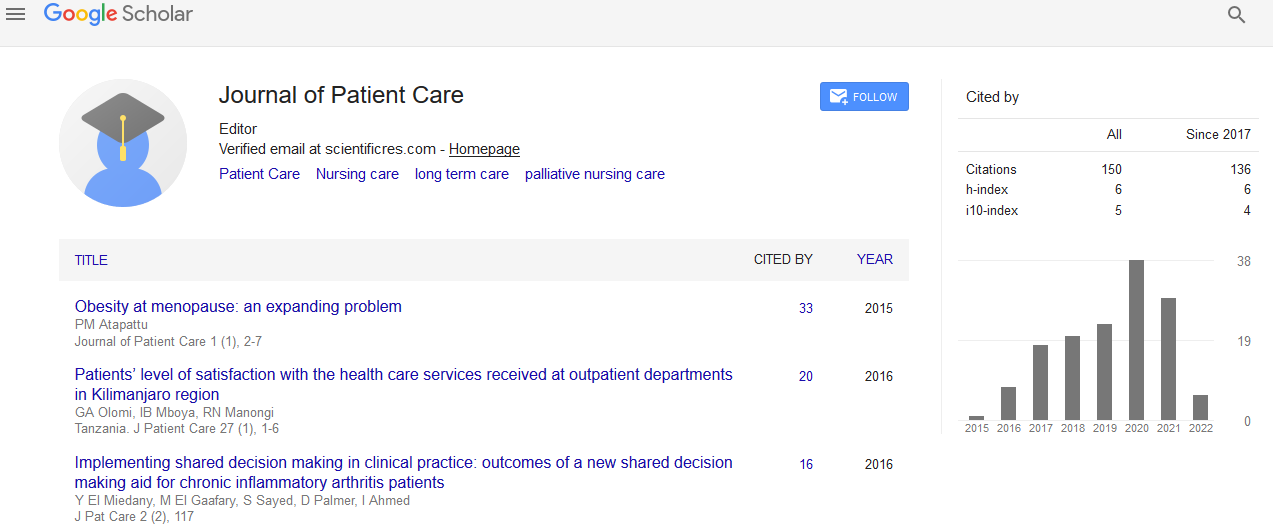Indexed In
- RefSeek
- Hamdard University
- EBSCO A-Z
- Publons
- Geneva Foundation for Medical Education and Research
- Euro Pub
- Google Scholar
Useful Links
Share This Page
Journal Flyer

Open Access Journals
- Agri and Aquaculture
- Biochemistry
- Bioinformatics & Systems Biology
- Business & Management
- Chemistry
- Clinical Sciences
- Engineering
- Food & Nutrition
- General Science
- Genetics & Molecular Biology
- Immunology & Microbiology
- Medical Sciences
- Neuroscience & Psychology
- Nursing & Health Care
- Pharmaceutical Sciences
Abstract
The University of North Carolina Heart-Lung Transplant Experience: Historical Perspective and Notes on Surveillance for Very Long-Term Survivors
Audrey L. Khoury, Eric G. Jernigan, Jennifer S. Nelson, Paula D. Strassle, Vincent J. Gonzalez, Luma Essaid, Muntasir H. Chowdhury, Jason M. Long and Mahesh S. Sharma*
Background: The University of North Carolina (UNC) pioneered heart-lung transplant (HLT) in the state of North Carolina in 1991. Specific guidelines for surveillance of very long-term survivors of HLT are non-existent. We report historical context for the UNC 30-year experience with HLT, complexity of subsequent medical care, and a standardized approach to follow-up.
Methods: The medical and UNOS records for all patients who underwent HLT at UNC were reviewed. Demographics, perioperative details, and post-transplant medication regimens were abstracted. Early (30 day) and late (>30 days post HLT) morbidity was described, and Kaplan-Meier curves estimated long-term survival.
Results: Overall, 15 patients (67% male, 73% adults) underwent HLT, and 80% had congenital heart disease. Five-, twenty-, and twenty-five-year survival was 40% (n=6), 27% (n=4), and 20% (n=3), respectively. All 15-year survivors (n=5) experienced late complications (infections-100%; chronic kidney disease-60%; malignancies-40%; and pulmonary allograft rejection-60%). None had cardiac graft rejection.
Dedicated transplant cardiologists and pulmonologists directed long-term care, and survivors were followed every 6-12 months with non-invasive cardiopulmonary testing. Invasive testing with cardiac catheterization and/or bronchoscopy was performed every 2-3 years.
Limitations: Limitations of the study include small sample size typical of a single-center study. However, this historicallysignificant series represents the entire HLT experience at UNC.
Conclusion: UNC pioneered HLT in the state of North Carolina in 1991. HLT remains a rarely-performed, but viable option for end-staged cardiopulmonary failure as evidenced by favorable long-term survival. Late complications are common and warrant close surveillance and ongoing coordinated care by a specialized multi-disciplinary team.
Published Date: 2021-07-05; Received Date: 2021-06-15

